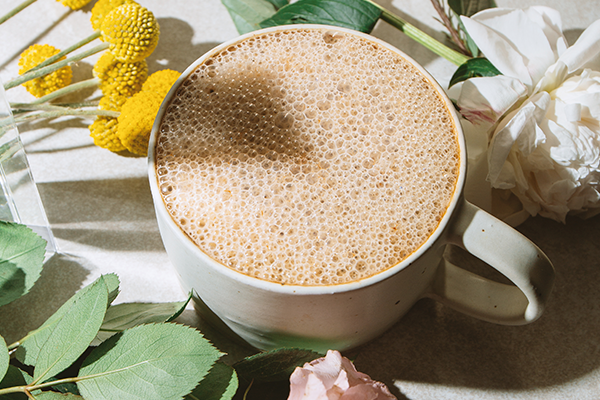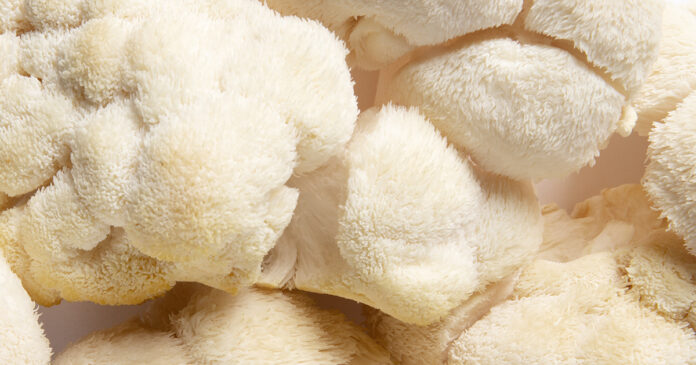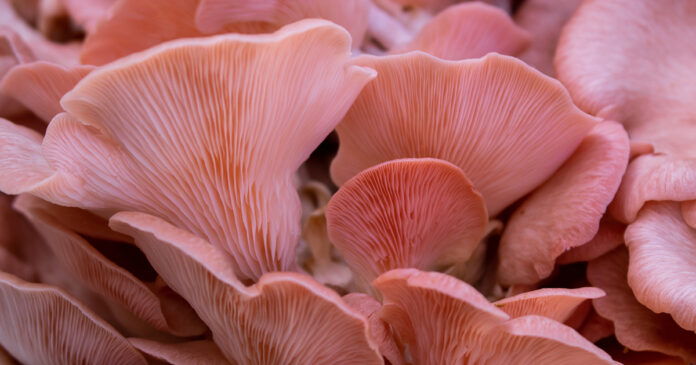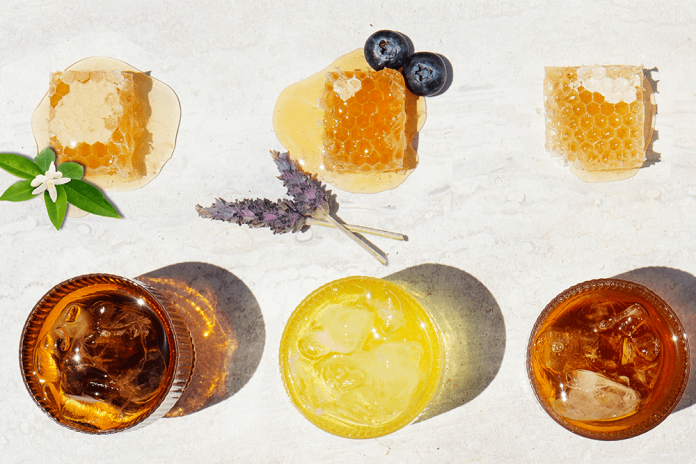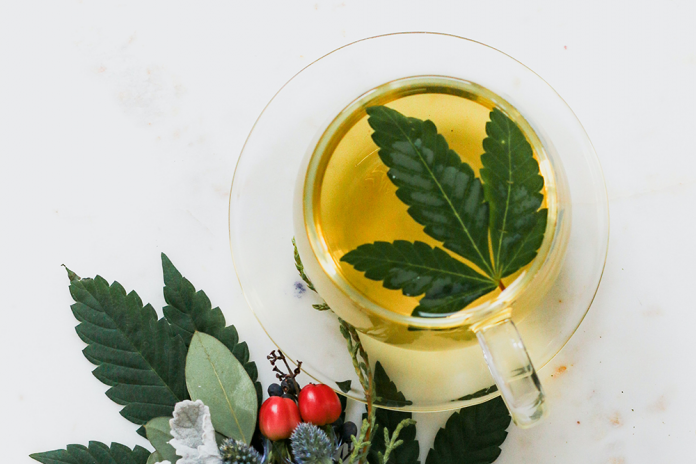What’s the best white tea to add to your tea collection? And why should new and veteran tea drinkers always have some on hand?
While white tea may take a backseat to more popular brews like green, oolong, and black tea, it deserves just as much attention. It’s lighter and more delicate in flavor yet still contains a bit of caffeine, unlike herbal teas.
So what makes white tea different from green and black teas? Which white tea tastes best? And if you’ve never made it before, how should you brew it?
We’ll cover everything you need to know about white tea in this guide. You’ll even discover the four best white teas to brew and exactly how to do that.
The Unique History of White Tea
White tea is believed to have originated during the Tang Dynasty (618-907 C.E.) in the Fujian province of China. During the Song Dynasty (960-1279 C.E.), the royal court presented a form of white tea to the emperor as a tribute.
This moment put white tea on the map.
After crushing the white tea leaves into a powder, the mixture was whisked into bowls and presented during a traditional tea ceremony.
Many consider this brewing to be the inspiration for Japanese tea ceremonies, which are still prevalent today.
How is White Tea Made?
Black, green, white, and oolong tea all come from the same tea plant family, the Camellia sinensis plant. The difference between these teas has to do with the way the leaves are picked and processed.
Younger tea leaves and newly formed but unopened buds are often used to make white tea (1). It’s called “white” tea because the tea buds are usually coated in a soft, fuzzy layer of tiny white hairs (1). This makes the leaves appear white instead of green (1).
Some tea makers will even cover the leaves while they’re growing so sunlight doesn’t cause the leaves to produce too much chlorophyll. This would change the leaves to a green color and contributes to a different flavor profile (1).
White tea is the least processed tea. It does not go through the oxidation process like green and black teas. The leaves are quickly dried right after harvesting so they are not exposed to oxygen for long periods (1).

This shorter processing means that the white tea leaves hold on to more catechins than other varieties of tea. Catechins are a type of polyphenol that may trigger a potent antioxidant effect on free radicals when consumed (1)(2).
How White Tea Differs From Other Teas
White tea differs from other teas in two ways. First, tea harvesters choose young buds and immature white tea leaves that have yet to even open.
Second, white tea leaves do not get oxidized. As the least processed tea, the young buds are harvested and air-dried right away. When brewed, white tea is pale yellow. It’s also “lighter” and more delicate in flavor.
Once the mature tea leaves are plucked for black or green tea, on the other hand, they’re dried and left to oxidize (3). This darkens the tea leaf color and gives the tea a richer flavor profile (3). It’s also why these teas have higher caffeine content.
White tea is commonly believed to have a lower caffeine content compared to green tea and black tea. This is not always true, especially in the case of a White Peony tea, which can have just as much caffeine as green teas. White tea also contains l-theanine, a calming amino acid that helps to promote a relaxed, alert and focused state.
What is the Flavor Profile of White Tea?
Many people find that white tea has a sweeter flavor that is light, clean, and easy to drink. You’ll notice a subtle, soft, herbal or floral aroma that’s both refreshing and relaxing.
You won’t taste spicy flavors of cinnamon or nutmeg like you would with a chai black tea. And white teas aren’t usually as earthy or grassy as matcha or green tea.
A few pure white tea blend options, such as loose-leaf, may also contain a layer of fruit or citrus flavor. This enhances the mellow white tea base.
The 4 Best White Tea Types
These are the most common and best white teas available:
1. White Peony
White Peony (known as Bai Mudan) is among the most prized Chinese teas. It is made from the unopened tea bud and the first two leaves on the shoot, all of which are harvested in early spring, before fully opening. If you brew a loose-leaf version of White Peony, the bud will slowly unfold in hot water, reminiscent of the peony blossom for which this tea is named.
After careful handpicking (to prevent crushing that leads to oxidation), the leaves are withered only briefly to minimize oxidation. Leaves are then carefully selected to be bake dried, which provides a rich, full flavor that’s usually darker in color than other white tea varieties (4). White Peony is also strong on floral notes.
Here’s our recommendation for White Peony tea:
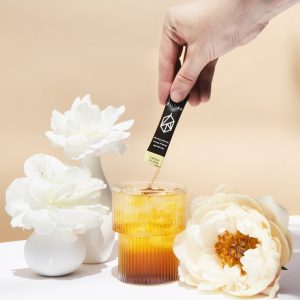
Pique White Peony
Queen of teas. Rare and superior antioxidant content. Reliable immune support + energy.
2. Silver Needle
Silver Needle tea is the most expensive variety of white tea since it’s only made using top buds that have yet to fully open. These buds are full of fuzzy white hairs (that look like silver needles). Silver needle white tea is sweet, light, and has a delicate flavor (4).
3. Long Life Eyebrow
Long life eyebrow is the heaviest white tea in flavor because it contains a mix of the upper part of the tea leaf, not just the tips (4). It’s not quite as rich as a black tea, but it’s also not as light as white peony or silver needle. Many compare it to oolong tea.
4. Tribute Eyebrow
Compared to the first two types of white tea, this one is processed a bit more and has a slightly different flavor profile (4). It’s considered the lowest quality of white tea.
The Health Benefits of White Tea
These studies highlight the potentially incredible health benefits that come with consuming white tea:
1. May Support Natural Inflammation Response
In one study, white tea was significantly better at promoting the body’s natural anti-inflammatory response than the other plant extracts tested (5).
What’s even more interesting about this study is that the researchers used a small amount of white tea extract, smaller than what you’d commonly drink in just one cup.
2. Supports Healthy Immune Function
Researchers from another study found that while green tea can help support your immune system and prepare it to fight off germs, white tea was better at helping to battle against harmful bacterial viruses (6).
In the study, the white tea extract displayed anti-fungal properties, which may help combat yeast overgrowth too (6). More research is still needed to confirm this further.
3. May Support Healthy Skin
Researchers tested white tea extract to see how it could handle oxidative stress, which is very damaging to your skin and other areas of your body.
The scientists discovered that white tea extract helped to protect the skin’s immune system against stress. It also helped to restore immune function that usually decreases after sun exposure (7). They also learned that the extract helped build up the skin’s resistance to age-related stress (7).
Another study confirmed these positive anti-aging results. This time, researchers found that white tea prevented the activation of enzymes that break down collagen and elastin in your skin (5).
White Tea Uses in Traditional Chinese Herbalism
According to Traditional Chinese Herbalism (TCM), white tea is “yin” in nature and has a cooling effect on the body. This means it may help get rid of the excess heat trapped inside your body to help you cool off when you’re hot.
That’s why TCM encourages white tea drinking during the spring and summer months. Unlike black tea, which has the opposite effect and warms the body, white tea’s cooling properties will help you when you need to clear internal heat. (Yes, even if the tea is hot!) You can learn more about which tea is best for which season here.
Traditionally, white tea has also been recommended to support cellular health and aid with healthy insulin secretion. It is said that drinking white tea is ideal after a heavy, greasy meal, as it can aid with clearing the internal heal of fried, fatty foods.
How to Brew White Tea at Home
Since white tea is so delicate, you don’t need to brew it at the same temperature as black tea. It’s best to use hot water just under a boil that doesn’t exceed 170°F.
You may want to steep white tea longer, anywhere from three to five minutes up to 15 minutes, to ensure all the flavors come through. White tea is more forgiving than black tea and will not become bitter after longer steeping.
Time To Enjoy the Best White Tea Today
If you’re looking for the highest-quality white tea, a Chinese white tea from the Fujian province where it originated makes an excellent place for new and veteran tea drinkers to start.
But you’ll also find white teas from other places around the world. Darjeeling white tea grows in the Himalayan Mountains of India and Ceylon white comes from Sri Lanka.
Always try to choose organic teas and especially organic white teas when possible. These will be free of harmful pesticides and artificial growth chemicals.
Whether you choose white tea bags, loose leaf tea, or tea crystals, the delicate taste and sweet flavors are sure to please your senses.
